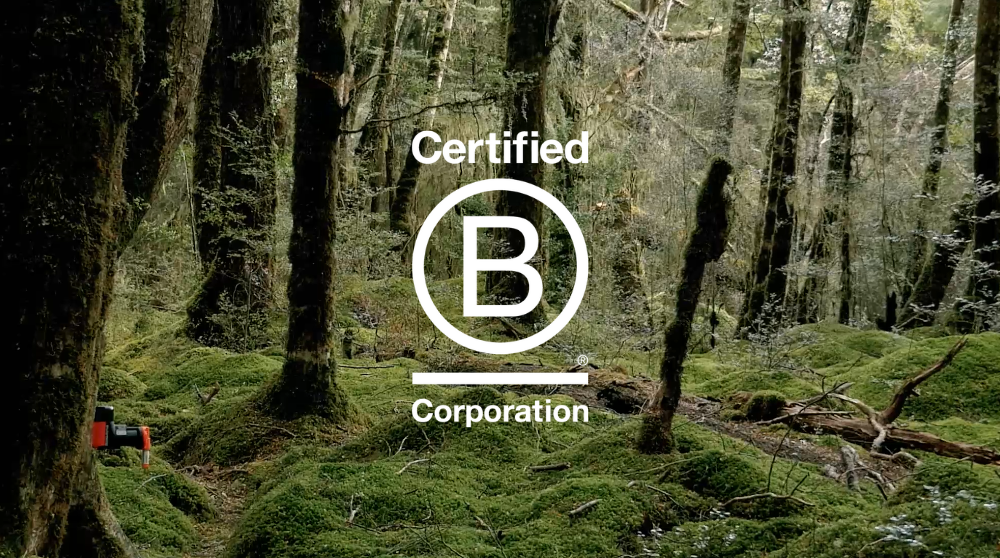

Goodnature Ltd

Wellington Region, New Zealand
May 2023
Other manufacturing
Manufacturing
Australia,
Canada,
New Zealand,
United Kingdom,
United States
Goodnature wants to help biodiversity thrive with the world's smartest rodent traps. We understand the delicate balance of nature and our reliance on each other, and when the population of an invasive species becomes too big, it doesn't take long for native species to be reduced to dangerously low numbers. Rodents, in particular, have wreaked havoc for years in areas where they don't belong but the traditional methods used to tackle this problem, such as toxins, single-use traps, or glue boards, are even worse. They’re high-maintenance, inhumane and negatively impact the very environment we are trying to protect. Shockingly, this year has seen more toxins and throwaway traps than ever before. Goodnature was born in the New Zealand bush in 2005, from the realisation that keeping rodent population in check would require something far smarter, scalable and kinder. Ever since, Goodnature has been on a mission to solve this age-old problem and restore balance using smart technology. Half a million traps later, we’ve removed 22 million pests globally with traps that are automatic, self-resetting, toxin-free, and humane. Our aspirations for impact go even further, that's why we've embraced the B Corp framework, and use it as our guiding light for continuous improvement.
Overall B Impact Score
Governance 15.7
Governance evaluates a company's overall mission, engagement around its social/environmental impact, ethics, and transparency. This section also evaluates the ability of a company to protect their mission and formally consider stakeholders in decision making through their corporate structure (e.g. benefit corporation) or corporate governing documents.
What is this? A company with an Impact Business Model is intentionally designed to create a specific positive outcome for one of its stakeholders - such as workers, community, environment, or customers.
Workers 27.0
Workers evaluates a company’s contributions to its employees’ financial security, health & safety, wellness, career development, and engagement & satisfaction. In addition, this section recognizes business models designed to benefit workers, such as companies that are at least 40% owned by non-executive employees and those that have workforce development programs to support individuals with barriers to employment.
Community 16.1
Community evaluates a company’s engagement with and impact on the communities in which it operates, hires from, and sources from. Topics include diversity, equity & inclusion, economic impact, civic engagement, charitable giving, and supply chain management. In addition, this section recognizes business models that are designed to address specific community-oriented problems, such as poverty alleviation through fair trade sourcing or distribution via microenterprises, producer cooperative models, locally focused economic development, and formal charitable giving commitments.
Environment 21.9
Environment evaluates a company’s overall environmental management practices as well as its impact on the air, climate, water, land, and biodiversity. This includes the direct impact of a company’s operations and, when applicable its supply chain and distribution channels. This section also recognizes companies with environmentally innovative production processes and those that sell products or services that have a positive environmental impact. Some examples might include products and services that create renewable energy, reduce consumption or waste, conserve land or wildlife, provide less toxic alternatives to the market, or educate people about environmental problems.
What is this? A company with an Impact Business Model is intentionally designed to create a specific positive outcome for one of its stakeholders - such as workers, community, environment, or customers.
Customers 2.6
Customers evaluates a company’s stewardship of its customers through the quality of its products and services, ethical marketing, data privacy and security, and feedback channels. In addition, this section recognizes products or services that are designed to address a particular social problem for or through its customers, such as health or educational products, arts & media products, serving underserved customers/clients, and services that improve the social impact of other businesses or organizations.